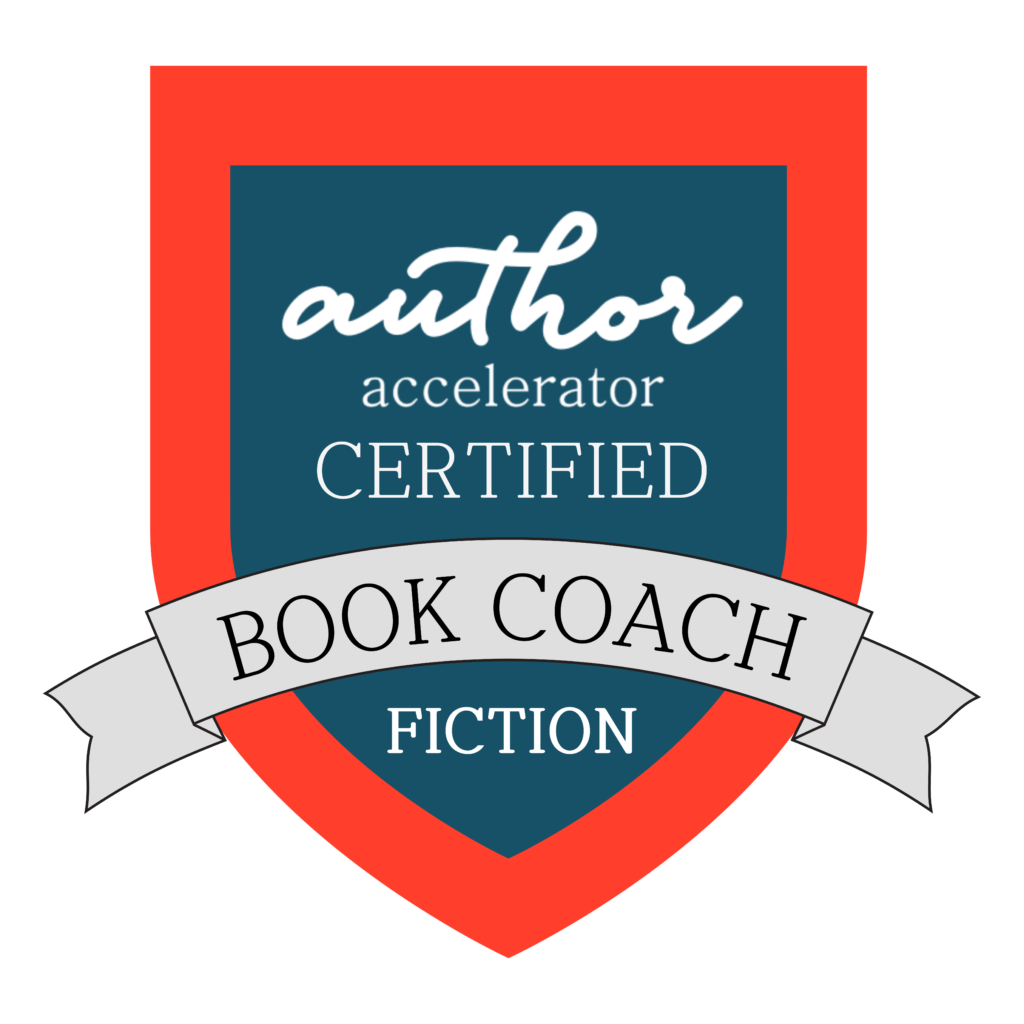Writing rules are guidelines. We are artists and there is no absolute.
Watch my video below, or read the post, to find out why writing rules are guidelines.
Hello my lovely writers!
I was reminded recently of a workshop I attended with the lovely Tiffany Yates Martin from Fox Editorial. She hosted a really good workshop on deep third point of view and some participants got confused about the difference between a deep third point of view and first point of view, where the overlap is and how there are some similarities as well as some differences.
Some participants wanted absolute hard and fast rules on how to know when something is deep third, how to use it and why you would use it instead of first.
It got to the point where Tiffany wasn’t able to give an absolute.
Writing rules are guidelines
Tiffany reminded us that, in all the craft books we read, in all the guidelines we’re given and in all the rules we’re told about how you show don’t tell, always use active voice, etc., that these are simply guidelines.
When we’re beginning our writing life and trying to understand how it all works, we can get caught up in the rules of writing. You’ll see this in some of the comments on social media – people picking up on very intricate things about what’s correct and what’s incorrect. A bit pedantically, I feel, sometimes.
What I loved about Tiffany’s advice was that she reminded us these are guidelines and, once you know the guidelines, you can go ahead and break them but, ultimately, if it works, it works.
In art there is no absolute
It reminded me that we are artists and in art there is no absolute. Throughout the history of painting, people are always trying to break those rules, push those boundaries and come up with something new.
For us in our fiction, we can do something similar. Yes, we want to know we’ve got narrative drive and yes, we want to know something’s easy to read, particularly if we’re writing commercial genre fiction.
But out there on the edges, you’ll see more experimental literary writers trying something new and different. Not necessarily easy to read but they’re pushing boundaries and they’re breaking the rules in a very deliberate way. They know there is trial and error in writing.
Don’t worry about the rules
That might not be the type of fiction you want to write but the emotions are the same. If you’re writing something and it flows and it works and it does what you need it to do, don’t worry about the rules.
Keep the flow going, keep the story pushing forward, keep your momentum going as the creator, particularly in first drafting, but don’t get too hung up on the rules.
The rules are there for you to have a baseline knowledge but, if you find in your creativity, in the art of writing your fiction, you need to switch things around and that it works best if you break a particular rule or guideline, go for it.
Emma xx

Emma Dhesi
Emma Dhesi is a Certified Author Accelerator Book Coach and bestselling author who helps writers let go of perfectionism, self-doubt and writer's block through her signature programme, Unlock Your Creative Block.
She is the host of the YouTube Channel, Emma Dhesi, where she interviews debut and experienced authors alike.
Through her 1:1 coaching programme, Emma helps new authors start and finish their first novel.
Emma provides personal written feedback on their pages and guides them through the emotional rollercoaster that is writing a novel!






